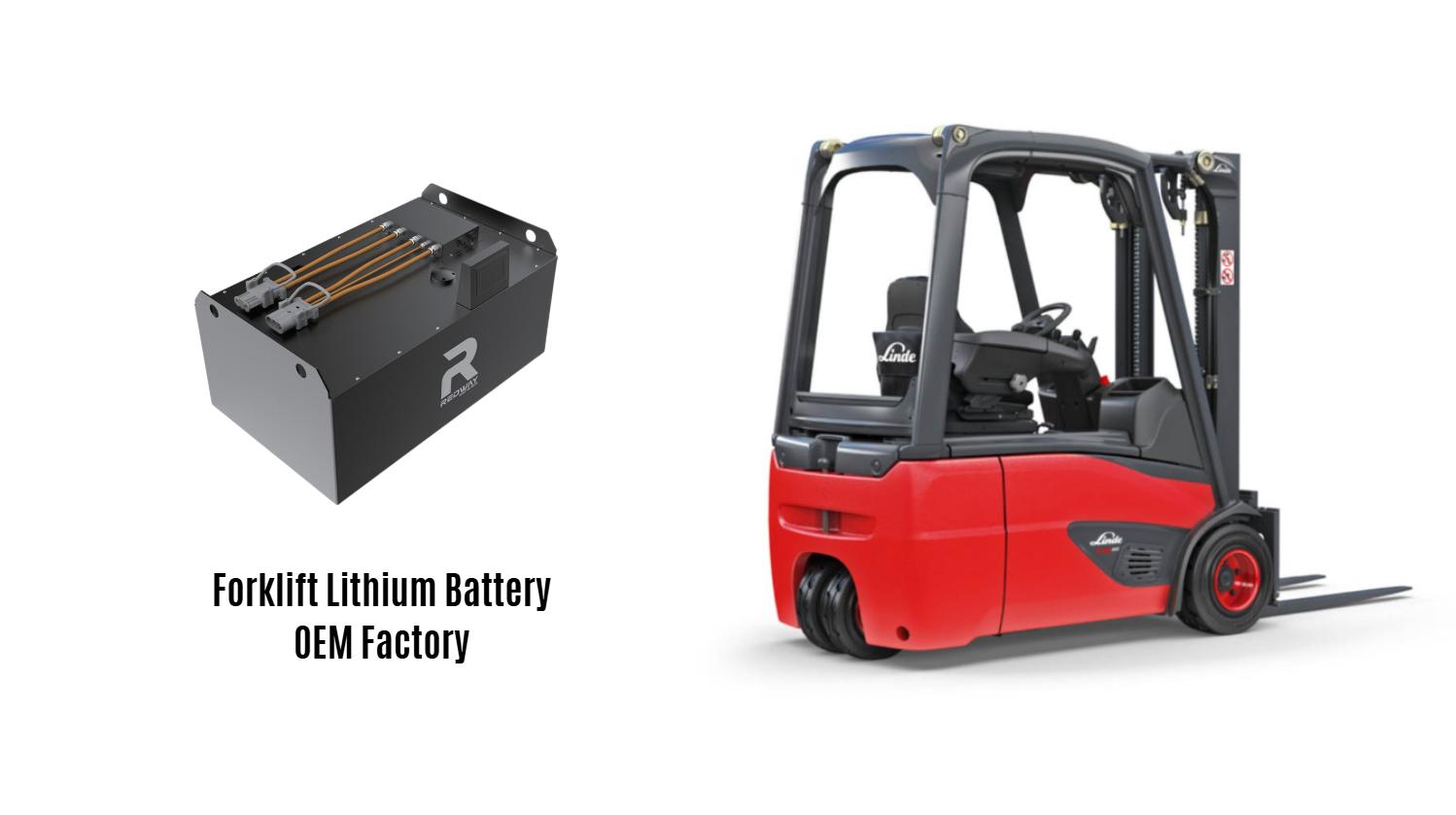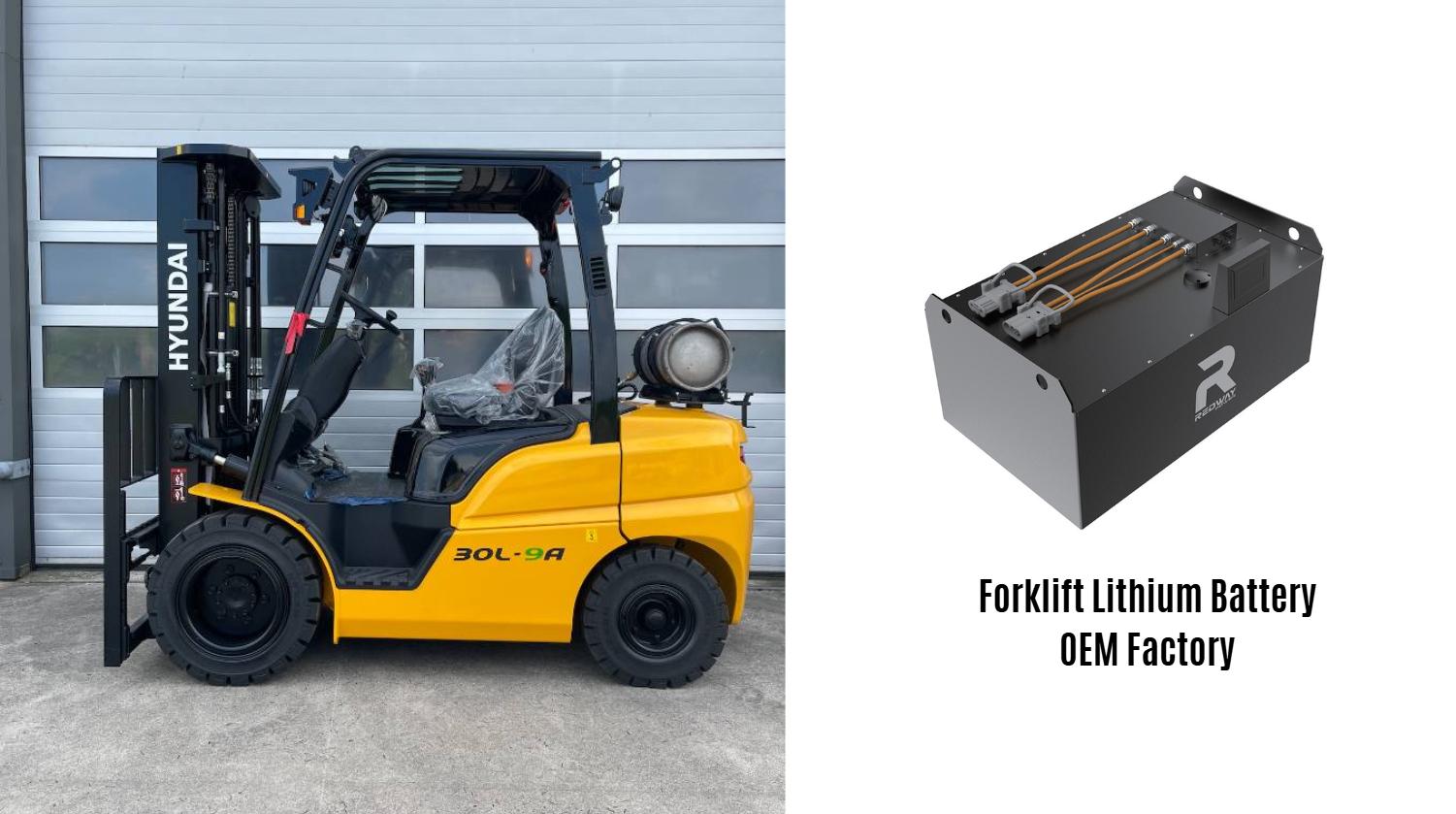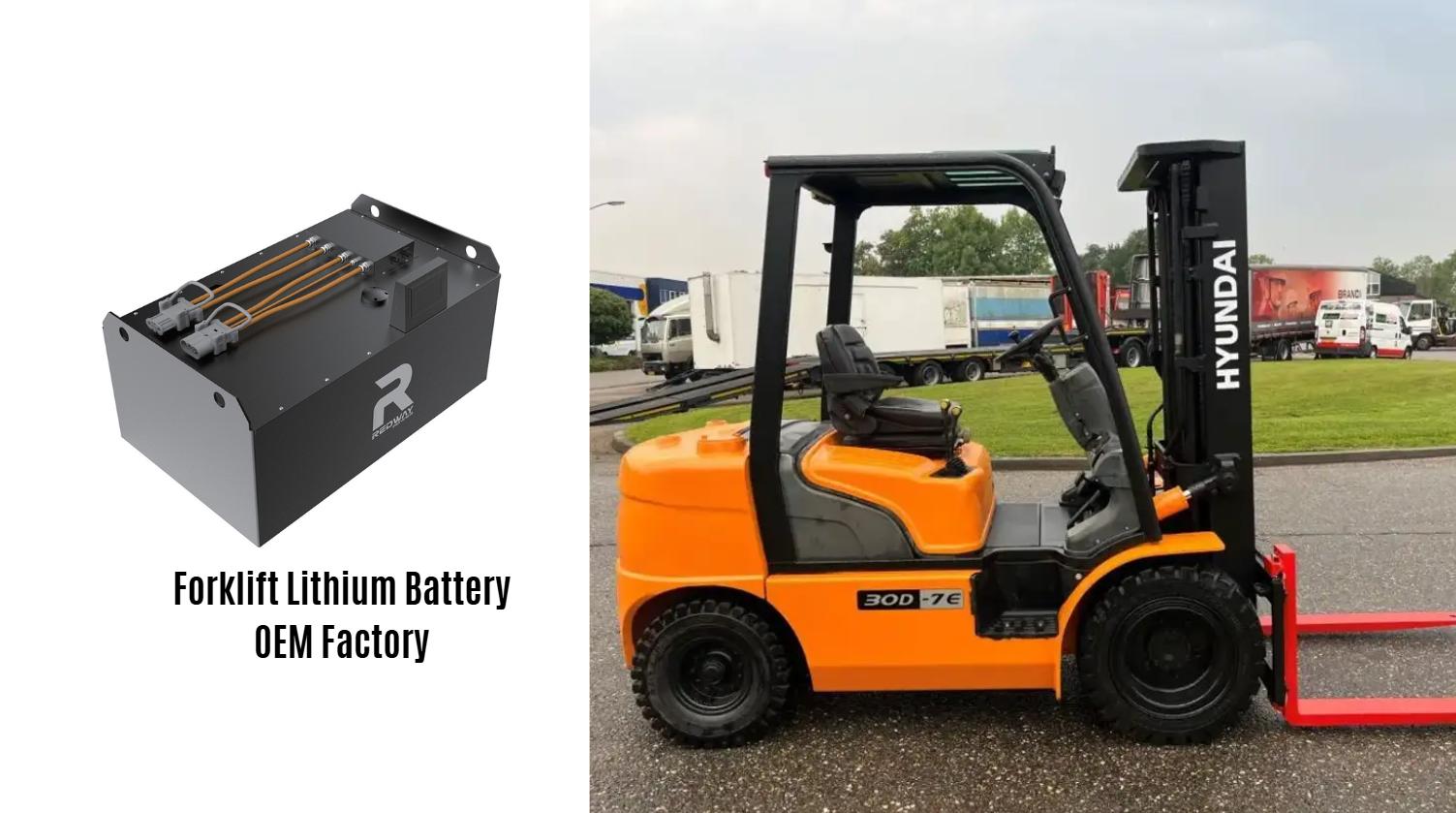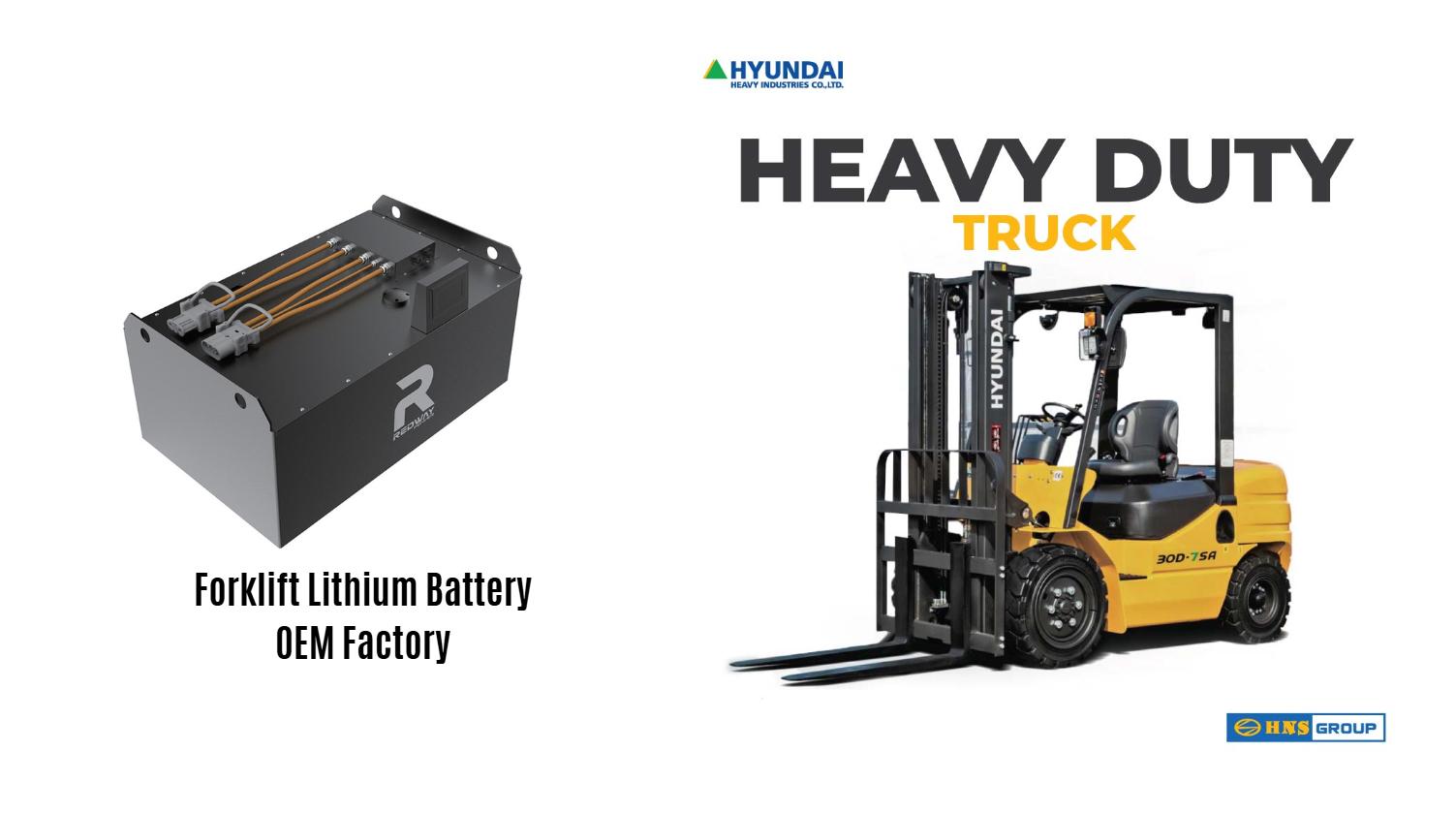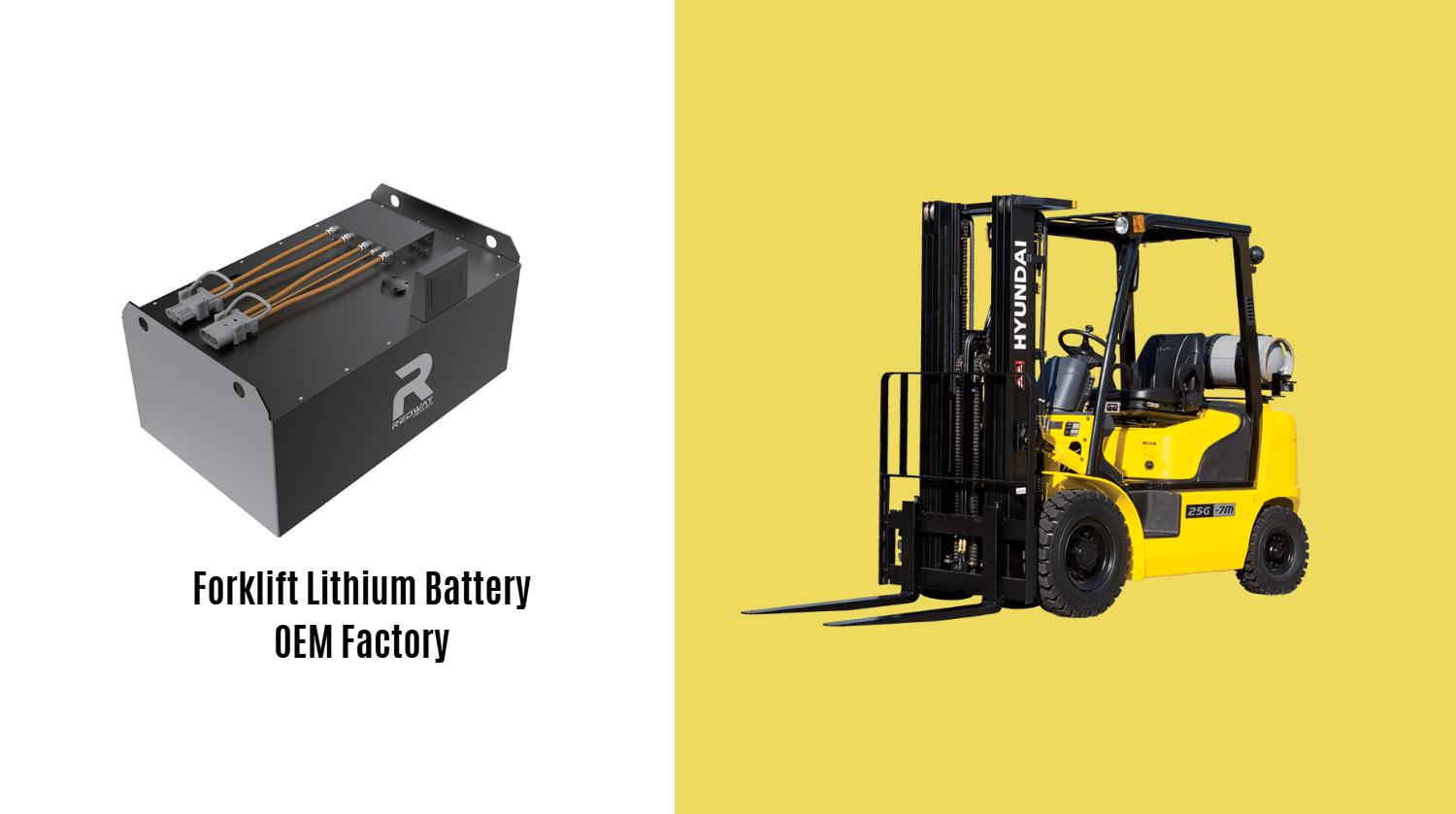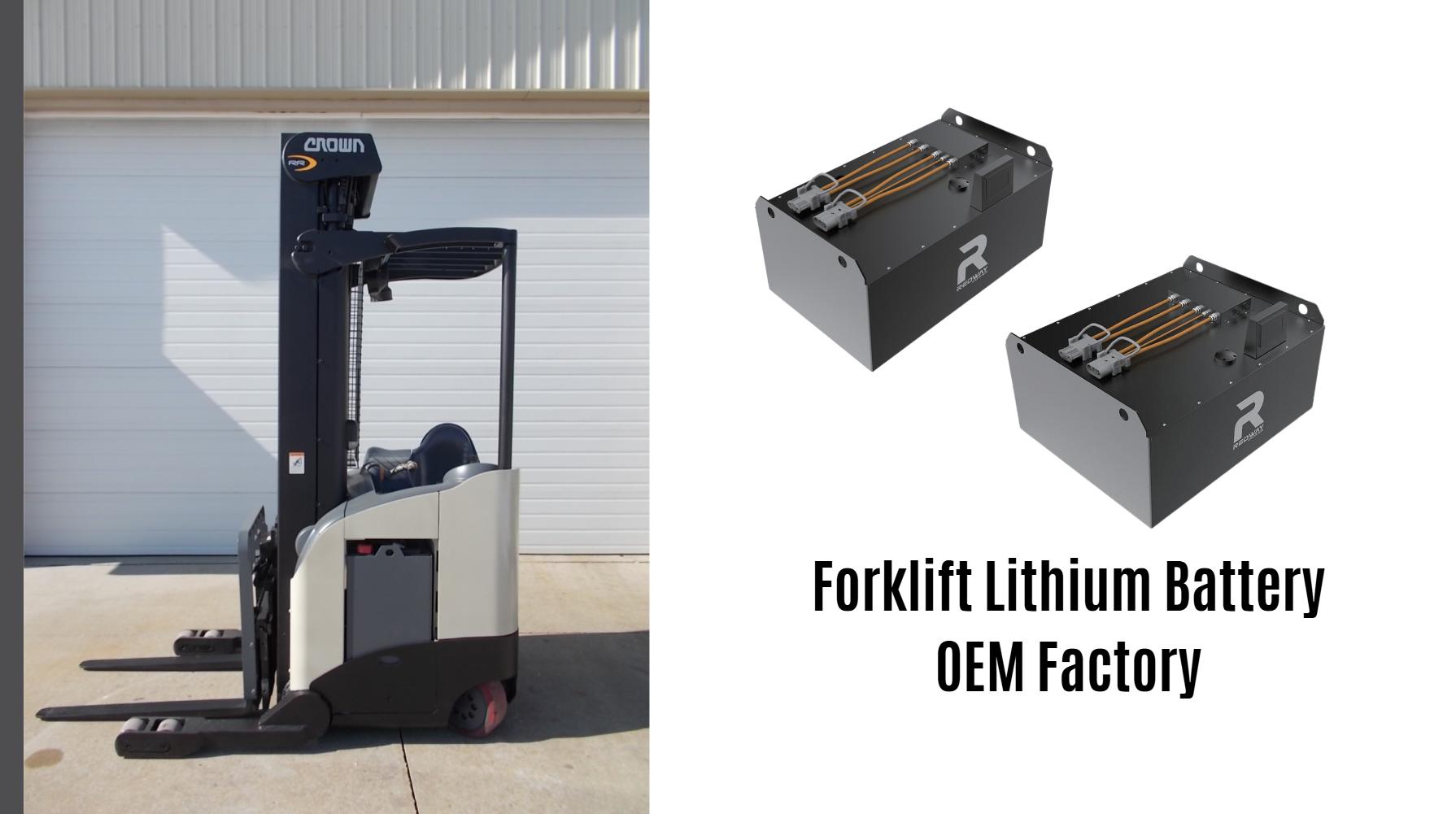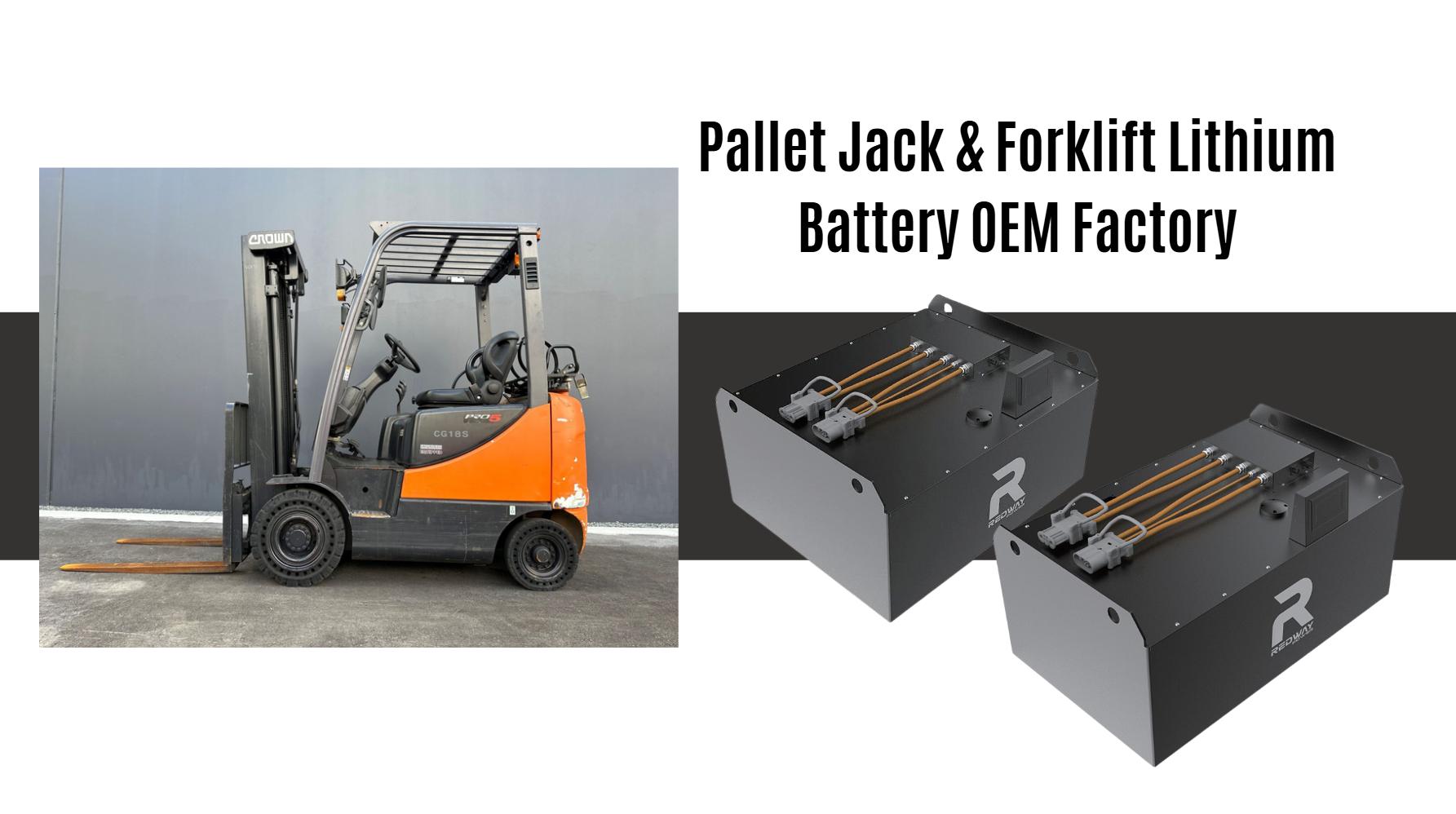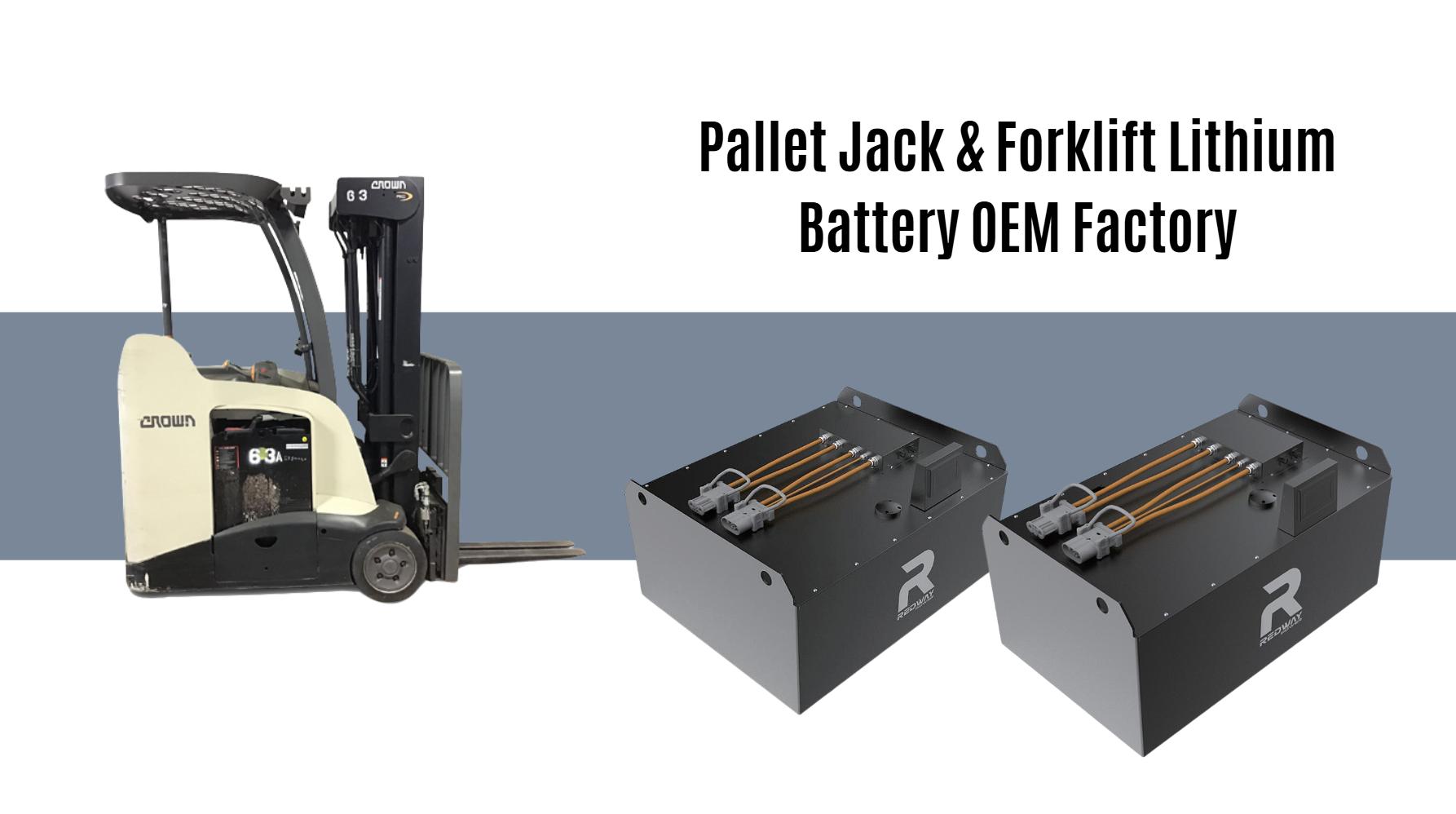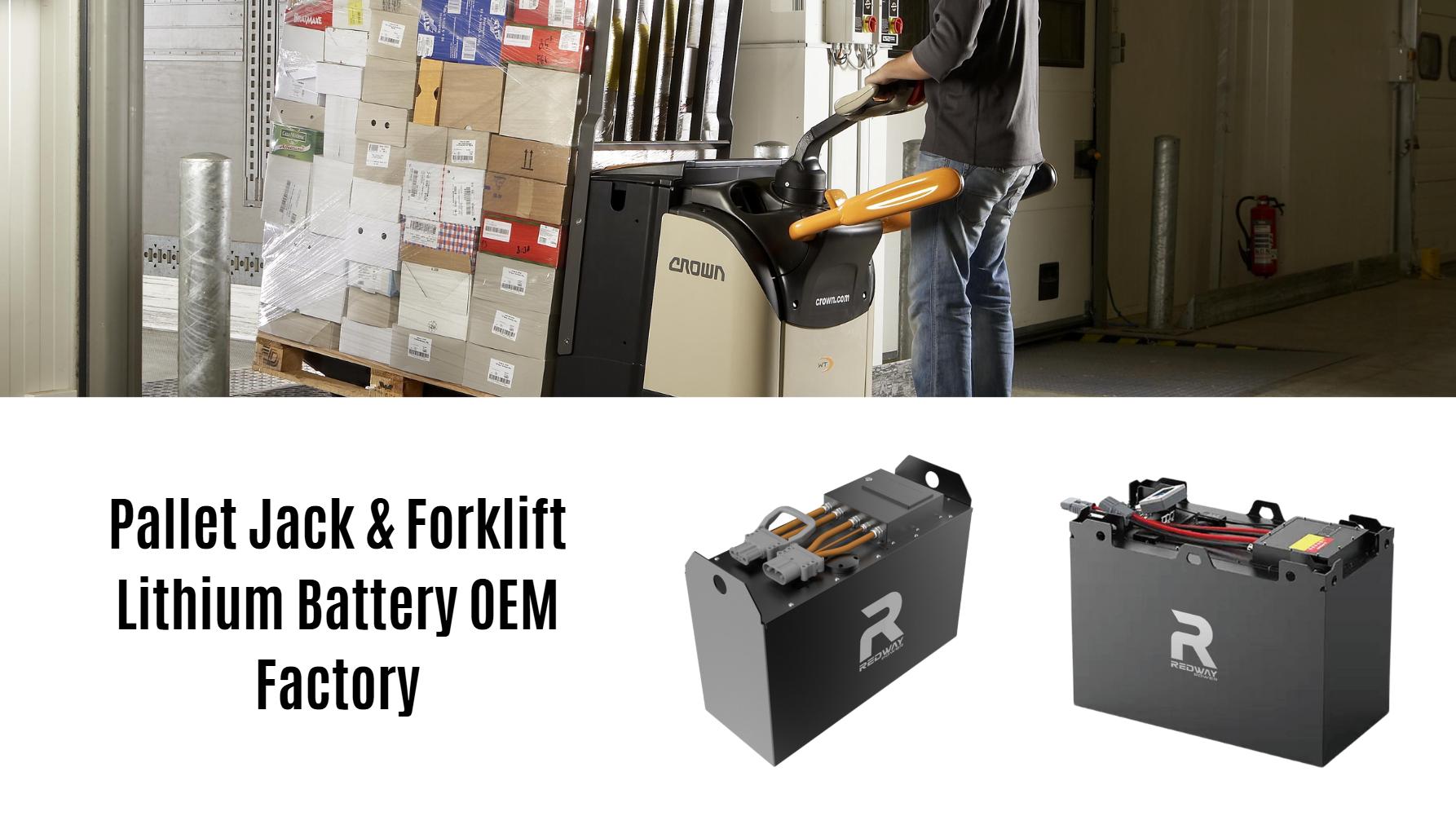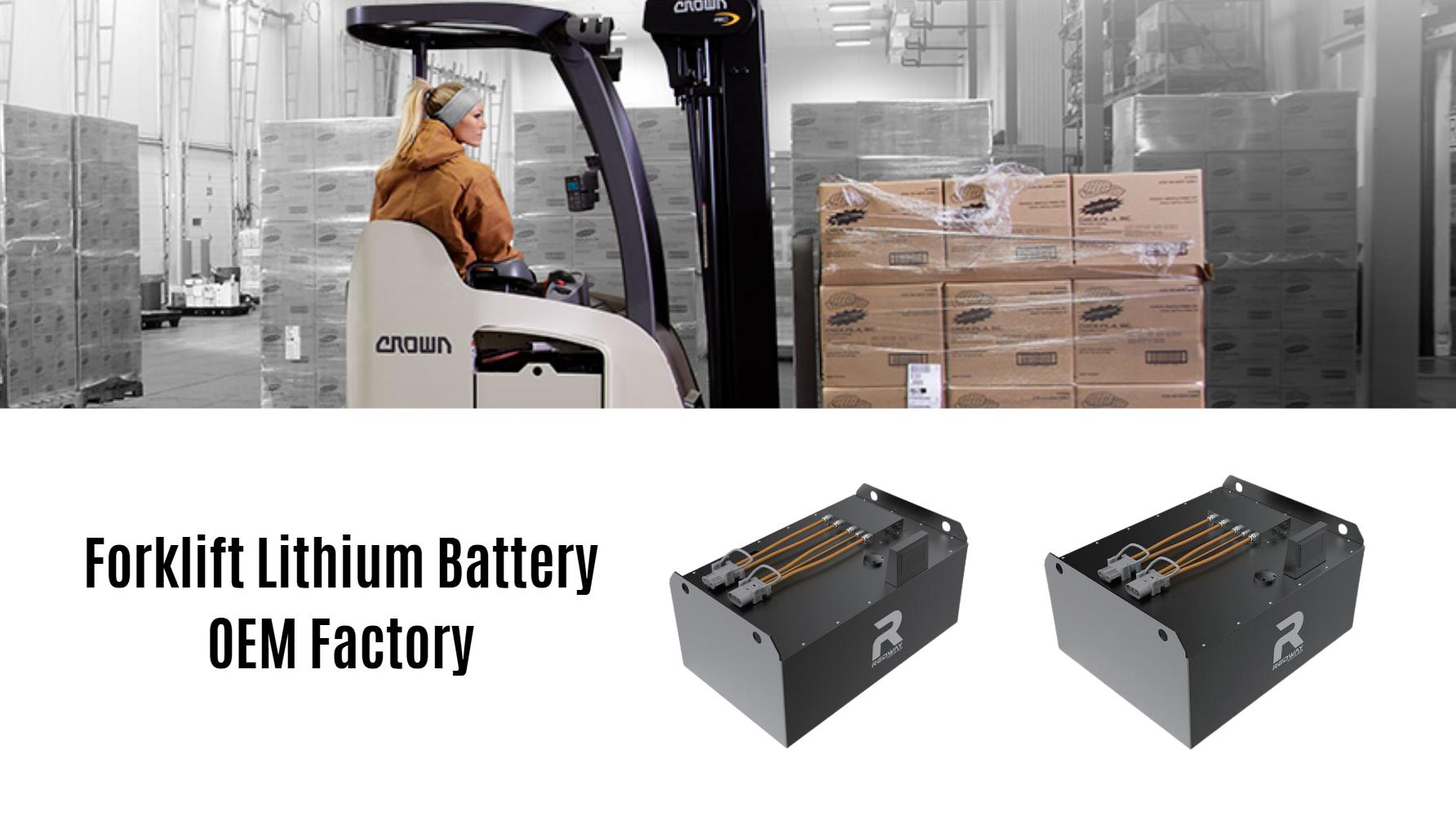How Do I Safely Handle Linde Forklift Batteries?
Handling Linde forklift batteries safely involves understanding battery types, charging practices, maintenance, and safety protocols. Proper handling ensures optimal battery life, prevents accidents, and maintains a safe working environment. Let’s address some frequently asked questions: What types of batteries do Linde forklifts use? How often should you charge them? What safety measures should you follow?
What Types of Batteries Do Linde Forklifts Use, and How Do They Differ?
Linde forklifts primarily use lead-acid and lithium-ion batteries. Lead-acid batteries are traditional, require regular maintenance, and offer around 1,500 cycles. Lithium-ion batteries have a longer lifespan (4,500+ cycles), need minimal maintenance, and charge quickly.
| Type | Lifespan (Cycles) | Maintenance Level | Charging Time |
|---|---|---|---|
| Lead-Acid | 1,500 | High | 8 hours |
| Lithium-Ion | 4,500+ | Low | 1-2 hours |
How Often Should You Charge a Linde Forklift Battery for Optimal Life?
Charge the battery after every 8 hours of use or when it drops to 30% or less. It’s best to charge to 100% each time. Avoid frequent charging, which can shorten battery life. Also, avoid draining the battery beyond 80%. Lithium-ion batteries can be opportunity charged without damaging the battery.
What are the Essential Safety Precautions for Charging Linde Forklift Batteries?
Charging should occur in a well-ventilated area with clear signage. Emergency facilities like fire extinguishers and water should be nearby. Avoid smoking or wearing metal jewelry. Use safety equipment like gloves, goggles, and face shields. Ensure proper ventilation to prevent hydrogen buildup, which can cause explosions.
How Do You Check and Maintain the Electrolyte Levels in Linde Batteries?
For lead-acid batteries, check fluid levels every 5 charging cycles. Use distilled water with a pH of 5 to 7 to top up when the battery is fully charged. Proper electrolyte levels ensure the battery functions correctly. Routine maintenance prevents damage and extends battery life.
How Can You Safely Clean Linde Forklift Batteries to Prevent Corrosion?
Clean the top of the batteries monthly using a battery cleaner or warm water. This prevents tray corrosion due to buildup. Always read safety instructions before cleaning. Routine cleaning minimizes the risk of contact with electrolytes and improves safety.
What Are Common Mistakes to Avoid in Linde Forklift Battery Care?
Common mistakes include neglecting maintenance, overcharging, undercharging, and failing to clean terminals. Ignoring warning signs like reduced performance or swelling is also a mistake. Always follow the manufacturer‘s guidelines for charging and maintenance.
What Personal Protective Equipment (PPE) Is Required When Handling Linde Batteries?
Always wear safety shoes, goggles, and gloves when handling batteries. Have hand and eye washing stations nearby in case of spillage. Appropriate PPE protects against acid spills and other hazards.
How Can Forklift Battery Explosions Be Prevented During Charging?
Charge batteries in well-ventilated areas because batteries emit hydrogen and oxygen when charging. Unplug the charger before connecting or disconnecting the battery. Keep the battery cover open while charging. Regularly inspect vent caps and electrical cords. Install prominent signage prohibiting open flames.
How Does Temperature Affect Linde Forklift Battery Performance and Longevity?
The recommended operating temperature is under 45°C. High temperatures can damage the battery. Maintaining the correct temperature helps regulate battery performance and extends its service life. Extreme temperatures, both high and low, should be avoided.
| Temperature | Effect |
|---|---|
| High | Can cause damage and reduce battery life |
| Low | Can reduce battery capacity and performance temporarily |
| Optimal | Maintains battery health and ensures efficient performance |
What Is Battery Equalization, and When Should It Be Performed on Linde Batteries?
Equalizing involves overcharging batteries to remove sulfate crystals that build up on the plates. This prevents sulfation, which shortens battery life. Wet cell batteries should be equalized once per week, but not exceeded. Not all batteries require equalizing, so check the specifications.
How Should Linde Forklift Batteries Be Properly Stored to Prevent Damage?
Store batteries in a cool, dry place. Ensure the battery cap is tightly sealed to prevent liquid spillage. Separate battery terminals with wood or cardboard to prevent sparking. Secure the battery firmly during transport to prevent sliding.
What are the Key Considerations for Choosing the Right Charger for Your Linde Battery?
The charger should match the battery’s voltage and capacity. Using the correct charger ensures efficient and safe charging. Linde offers charging devices matched to their batteries. The power of the charger and battery size determine charging speed.
How Do You Troubleshoot Common Linde Forklift Battery Problems?
Check for loose connections, corrosion, and low electrolyte levels. Look for warning signs like reduced performance or swelling. If problems persist, consult a qualified technician. Regular maintenance can prevent many common issues.
When Should You Consider Recycling or Replacing Your Linde Forklift Battery?
Consider recycling when the battery no longer holds a charge or shows signs of significant damage. Dispose of batteries carefully or send them for recycling. Follow local regulations for proper battery disposal.
Expert Views
“At Redway Power, we emphasize the importance of regular battery maintenance to ensure optimal performance and longevity of Linde forklift batteries. Proper charging habits, electrolyte level checks, and regular cleaning are crucial. Neglecting these aspects can lead to reduced efficiency and costly repairs. We recommend lithium-ion batteries for their longer lifespan and minimal maintenance, providing a more sustainable and cost-effective solution for forklift operations.” – Expert at Redway Power
Conclusion
Safely handling Linde forklift batteries requires a comprehensive approach that includes understanding battery types, adhering to proper charging and maintenance procedures, and following strict safety protocols. By implementing these guidelines, you can maximize battery life, prevent accidents, and maintain a safe and efficient working environment. Regular maintenance, proper charging, and careful handling are key to ensuring the longevity and reliability of your Linde forklift batteries.
FAQ Section
-
Q: How often should I check the water levels in my lead-acid Linde forklift battery?
A: Check the water levels every five charging cycles. Ensure the battery is fully charged before topping up with distilled water. -
Q: What should I do if my Linde forklift battery is overheating during charging?
A: Immediately turn off the charger and allow the battery to cool down. Once cooled, resume charging at a lower rate. -
Q: Can I use any charger for my Linde lithium-ion battery?
A: No, use a charger specifically designed for lithium-ion batteries. Linde offers chargers that are matched to their batteries for optimal performance and safety. -
Q: How do I clean corrosion from my Linde forklift battery terminals?
A: Use a battery cleaner or warm water to clean the terminals. Regular cleaning prevents corrosion and ensures a good connection. -
Q: What are the benefits of using lithium-ion batteries in Linde forklifts?
A: Lithium-ion batteries offer a longer lifespan, require minimal maintenance, and can be charged quickly, resulting in increased efficiency and reduced downtime.

